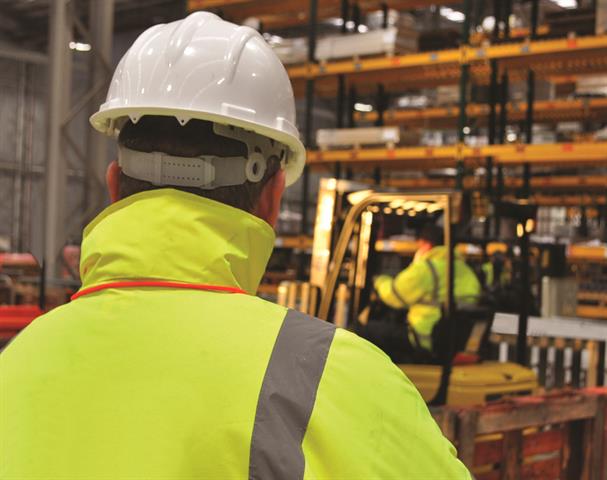 Stuart Taylor |
Stuart Taylor is Managing Director of Mentor FLT Training Limited, the UK's leading provider of training and associated services for all types of materials handling equipment and workplace transport.
When you have to repeat the same task over and over again, it's easy to fall into the bad habit of presuming that everything will go just as well as it did the time before. But when this relaxed attitude starts to alter a person's perception of risk, that's when accidents can become more likely.
For those whose jobs require them to operate powerful, dangerous equipment, the potential consequences of complacency are severe, not just for themselves, but for the colleagues working around them. It's referred to as 'complacency creep' - that gradual decline in standards of safe operation - and it's exacerbated by insufficient supervision.
It's a common occurrence, due to the often repetitive nature of tasks carried out by forklift operators. And even the best-trained and most safety-conscious teams are at risk if managers and supervisors aren't equipped to proactively encourage best practice.
 The responsibility for site safety ultimately lies with managers and supervisors |
When managers don't recognise or take action to rectify bad practice, it doesn't take long for these bad habits to become the norm. Allowing these bad habits to take hold comes at a high cost in many ways: from potentially life-changing injuries to damage to stock, racking, equipment and your business's reputation as a whole. So it's crucial that managers and supervisors are equipped to step in before they become the norm.
While every member of staff plays a contributory role, the responsibility for site safety ultimately lies with managers and supervisors - something that is emphasised in the latest edition of the HSE's L117 Approved Code of Practice for rider-operated lift trucks. In this vital role, managers and supervisors must know how to carry out an effective observation, recognise unsafe practices and behaviour, communicate effectively with operators and line managers, and actively maintain and promote health and safety standards.
While supervisors and managers don't need to know how to operate a forklift, they do need to understand forklift operations and the associated hazards. Some providers offer training specially designed for managers of forklift operations to provide them with an understanding of safe practice, enabling them to recognise and correct unsafe behaviour among operators and their colleagues working alongside them.
It is to every company's advantage to ensure that their managers and supervisors are equipped to establish and maintain a safe working environment. After all, catching complacency creep fast doesn't just help keep your team safe; there are numerous practical and financial benefits, too. Accidents and disruption can be extremely costly; by reducing the risk and developing a safe, efficient workforce, you can see a real improvement to your bottom line, so it's in everybody's best interests.